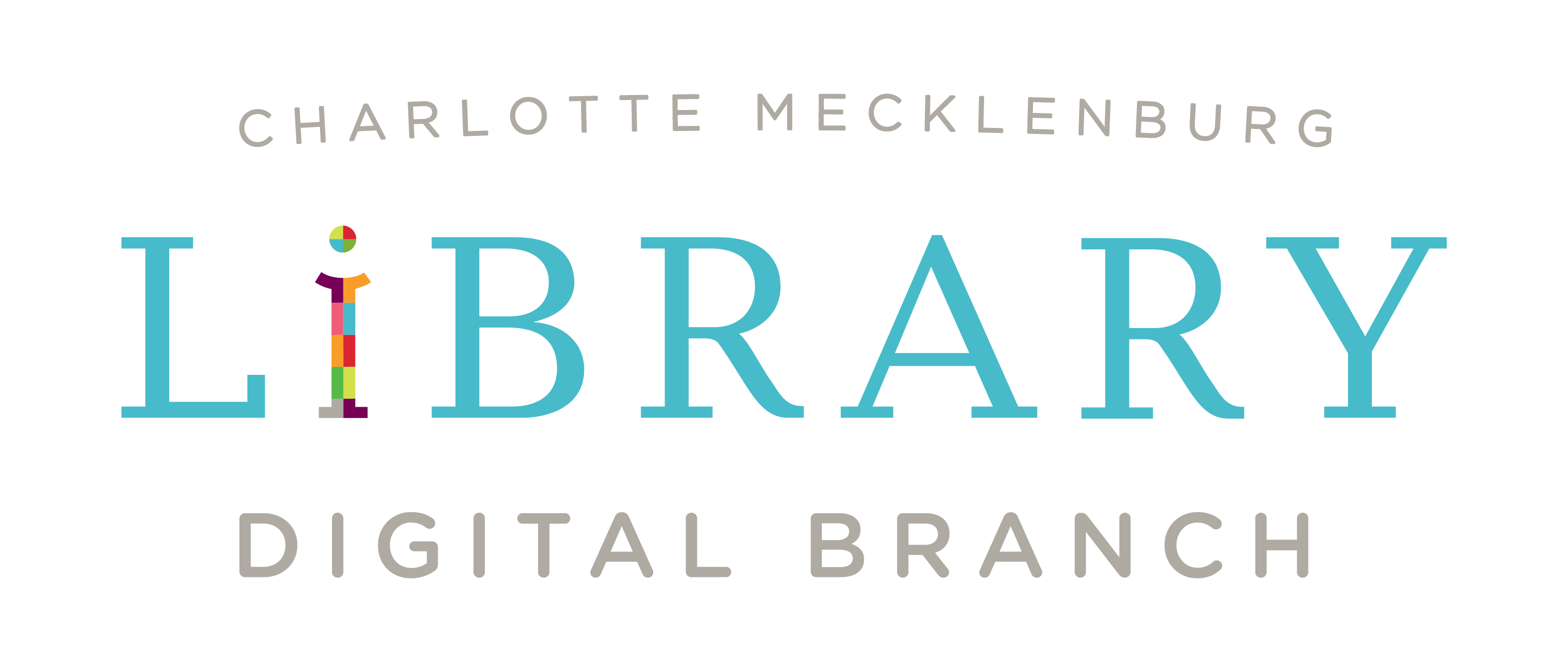It’s an exciting time in today’s workplace. For the first time in United States history, there are five generations working side by side. The current workplace includes everyone from the Traditionalists (born before 1945) to Gen Z (born after 1995).
There is much increased study of these generational intersections. Research shows that multi-generational teams offer a wide range of skills, experience levels and styles of working. This range allows multi-generational teams to experience increased ideation, active group dialogue and new methods of engagement. Leveraging the unique strengths of each generation and enabling all to learn from one another can create a more collaborative, productive environment.

While there are clearly distinct benefits to leveraging varied points of views and ways of working, conflicts can occur. Therefore, it is important for leaders to understand some basics of group dynamics. Leaders must know what makes each employee “tick” and allow for open dialogue about concerns and work preferences. The biggest mistake leaders can make is in assuming a one-size-fits-all approach works for all individuals and generations.

Here’s an example. According to research, Millennials prefer communicating through text messages and other forms of digital technology. Generally speaking, Baby Boomers (those born between 1946-1964) prefer face-to face-conversations and may find text messaging too brief, even rude. Understanding these different communication preferences can yield better efficiencies and eliminate miscommunications.
Perhaps the greatest idea to come out of the multigenerational workforce is the concept of generational mentoring where a younger employee mentors an older one and vice-versa. For example, members of Generation Z are digital natives. They have much to teach older generations about new modes of communication, trends and marketing tactics.

